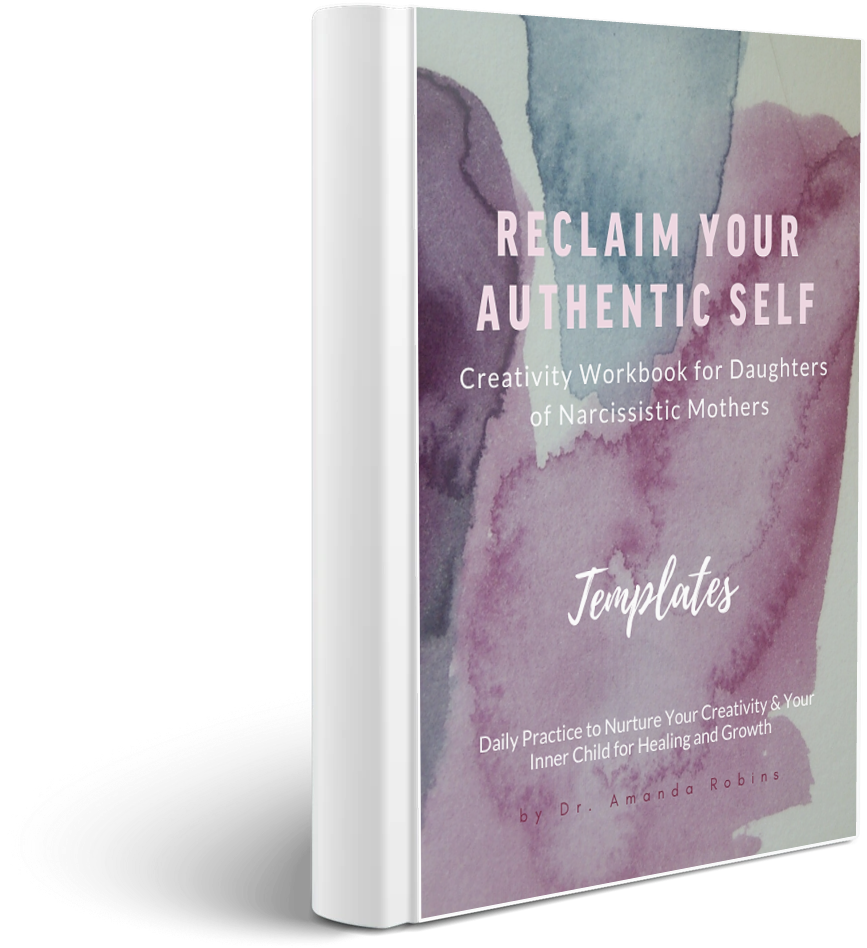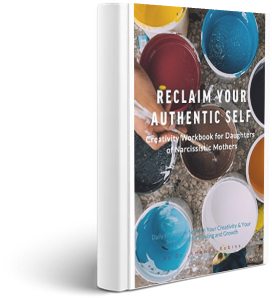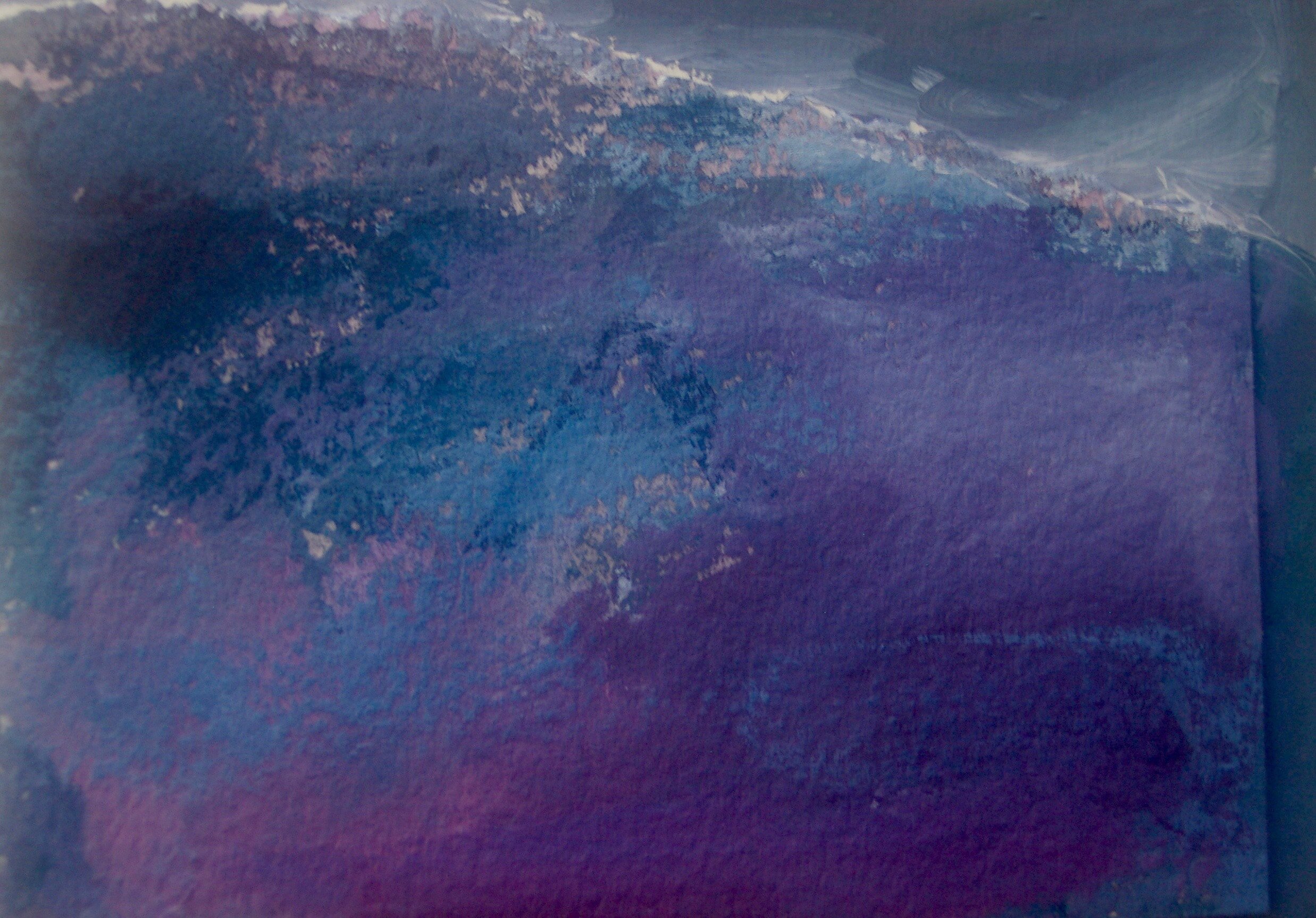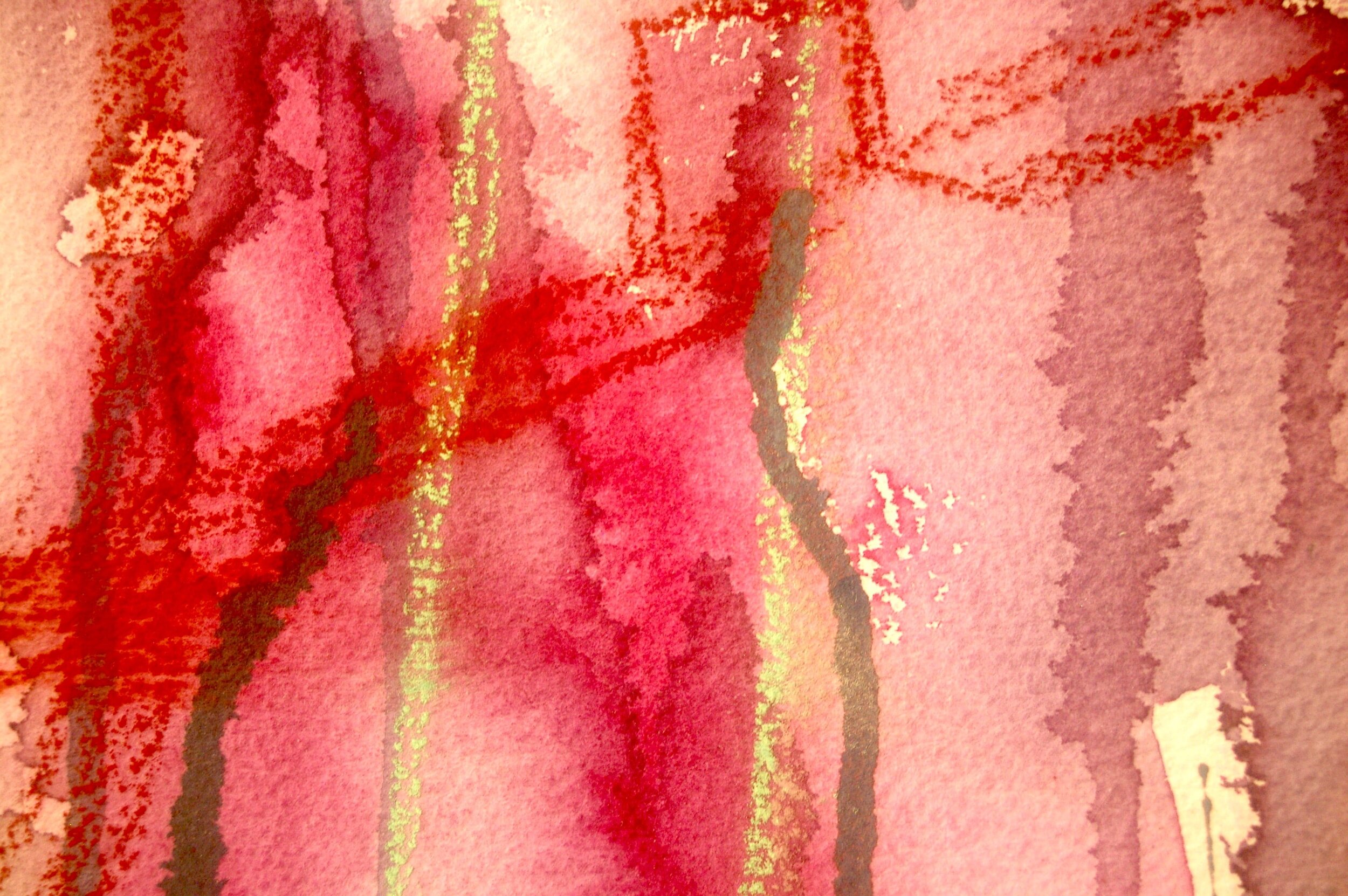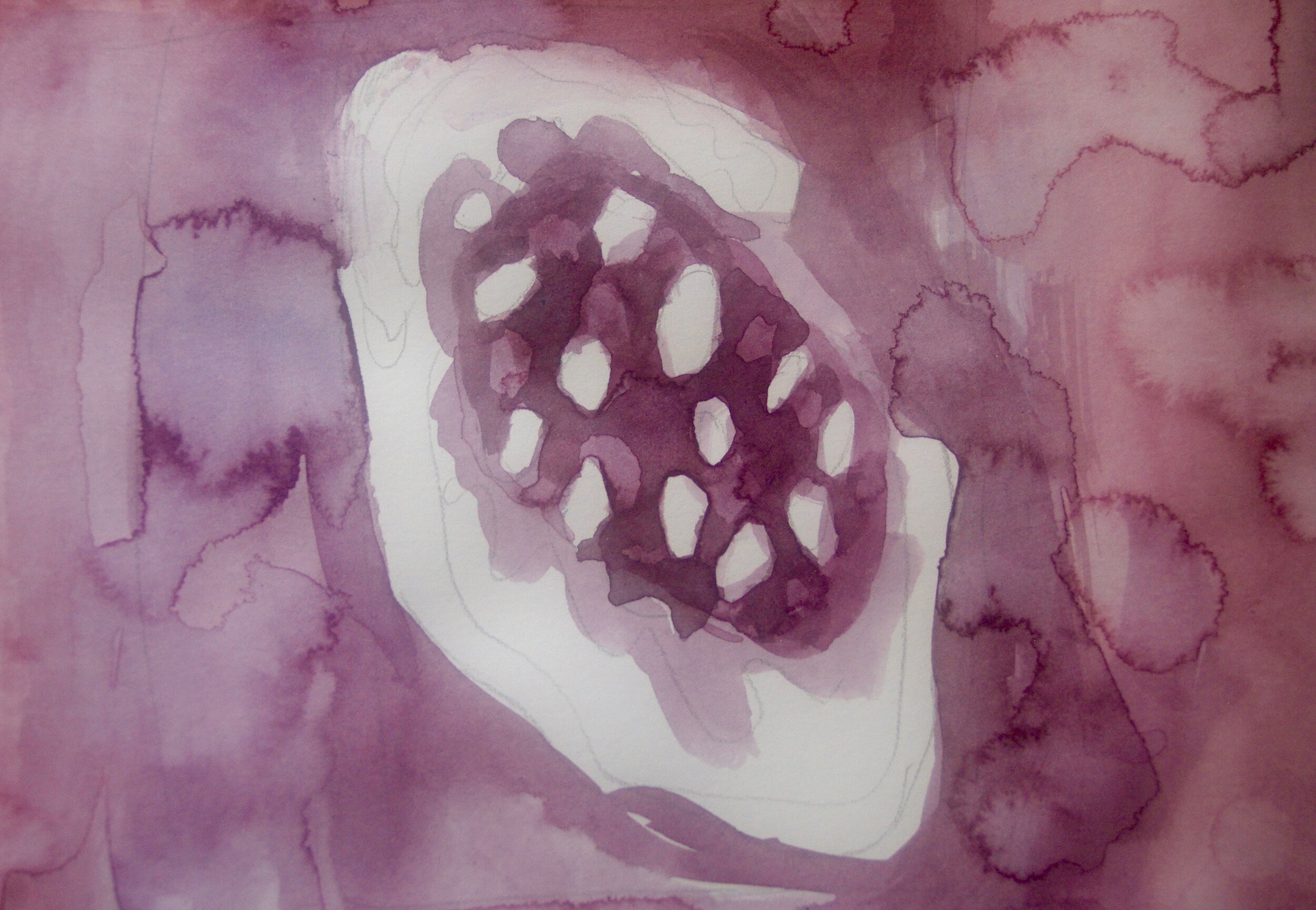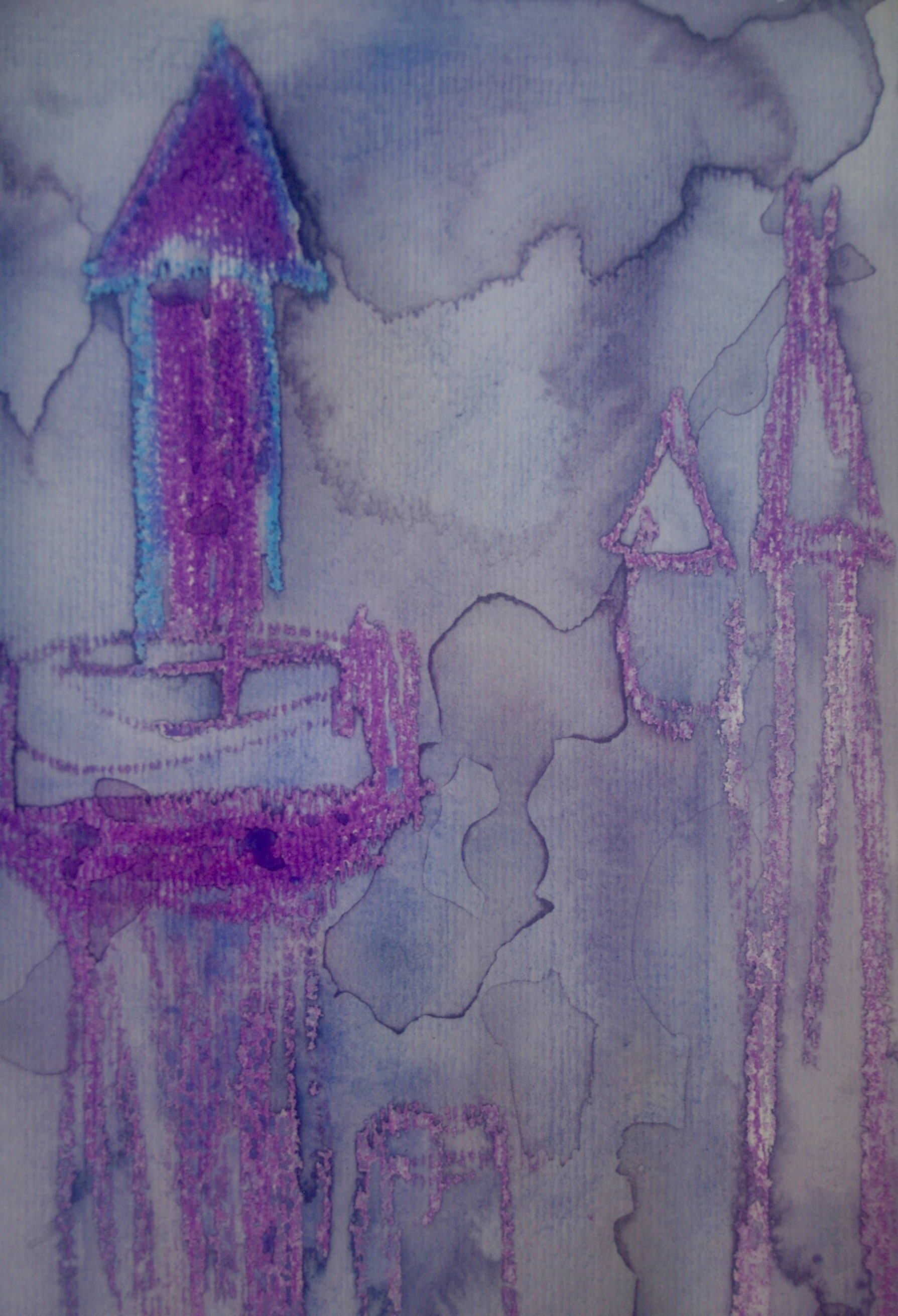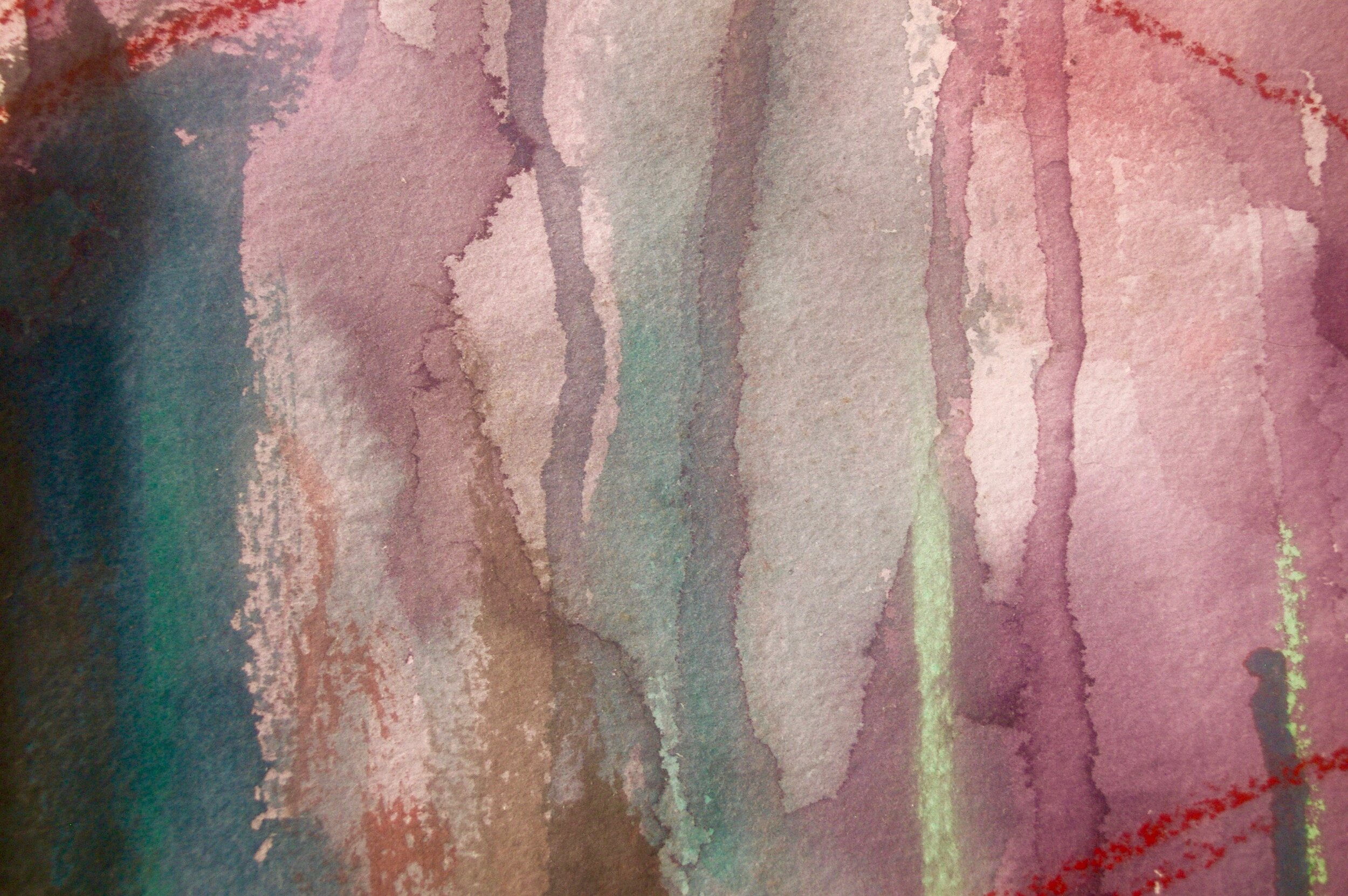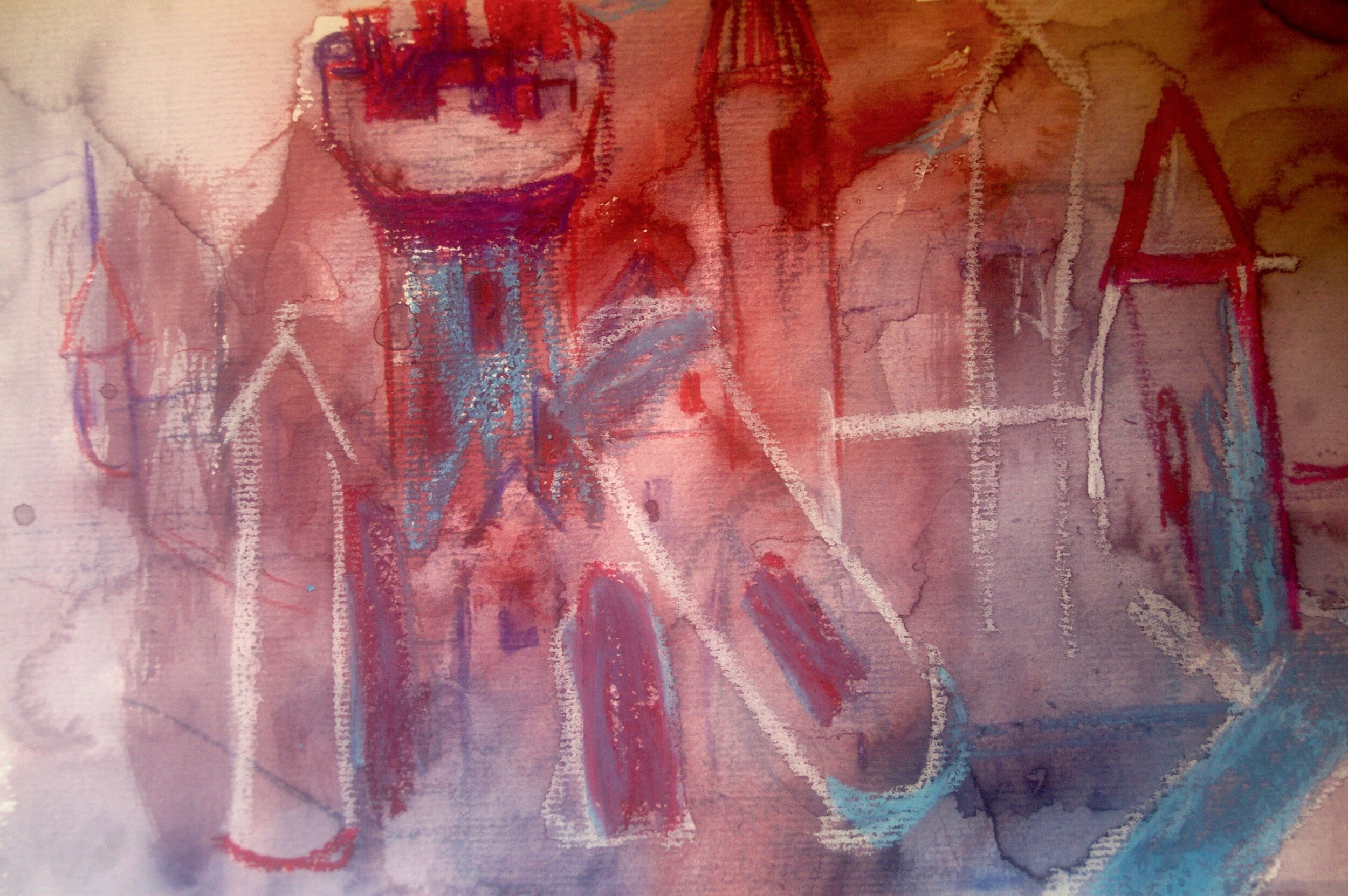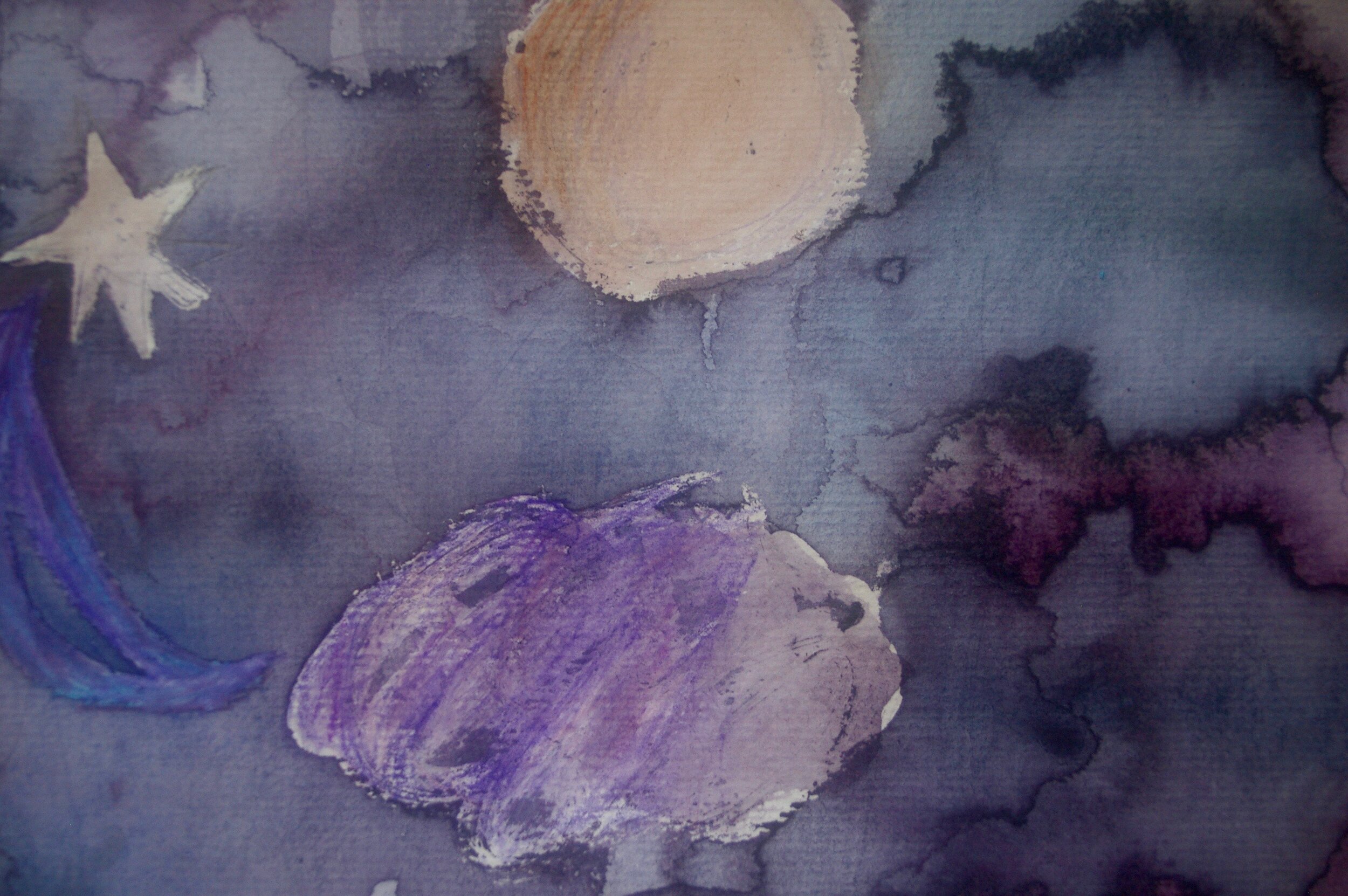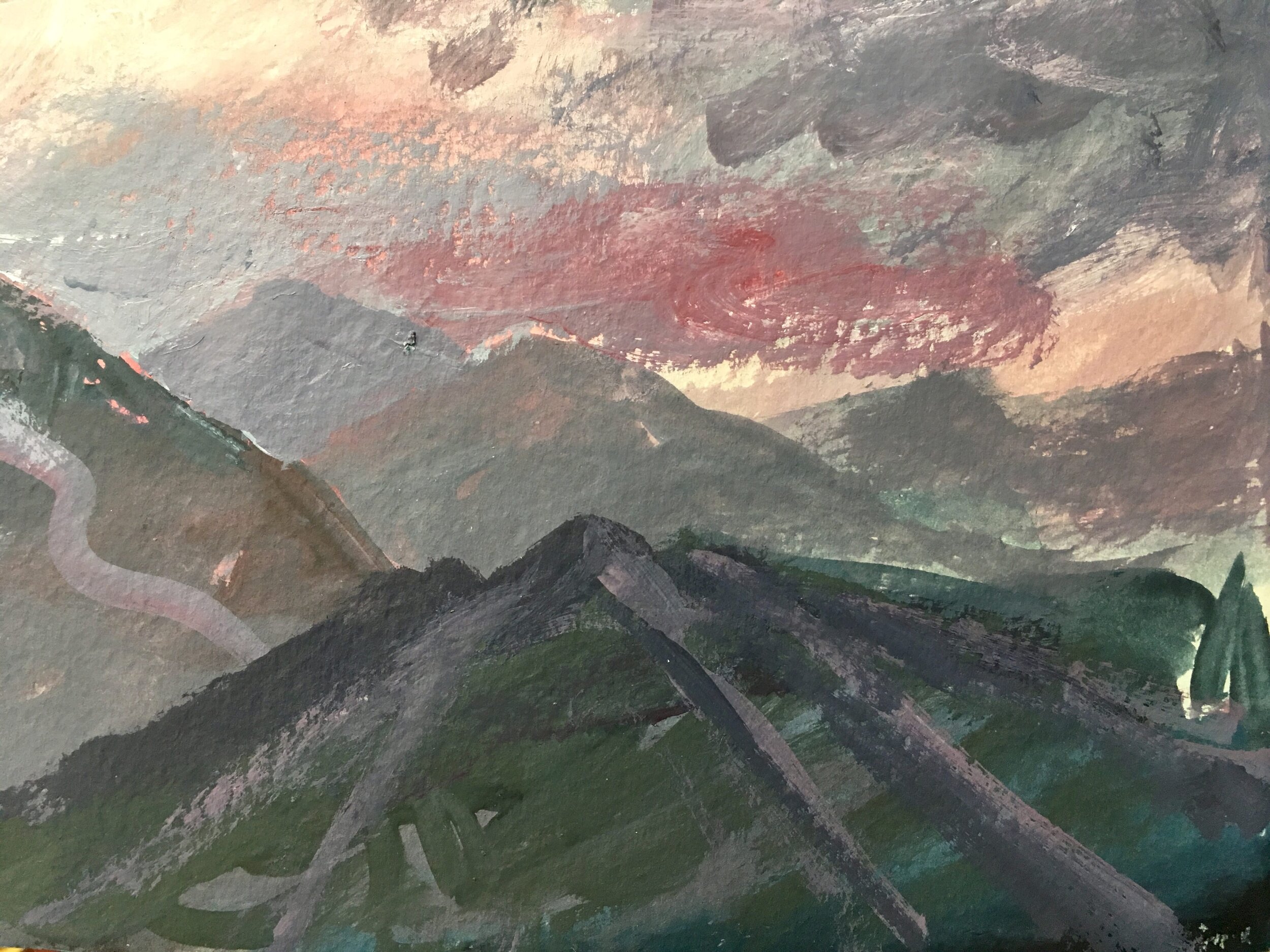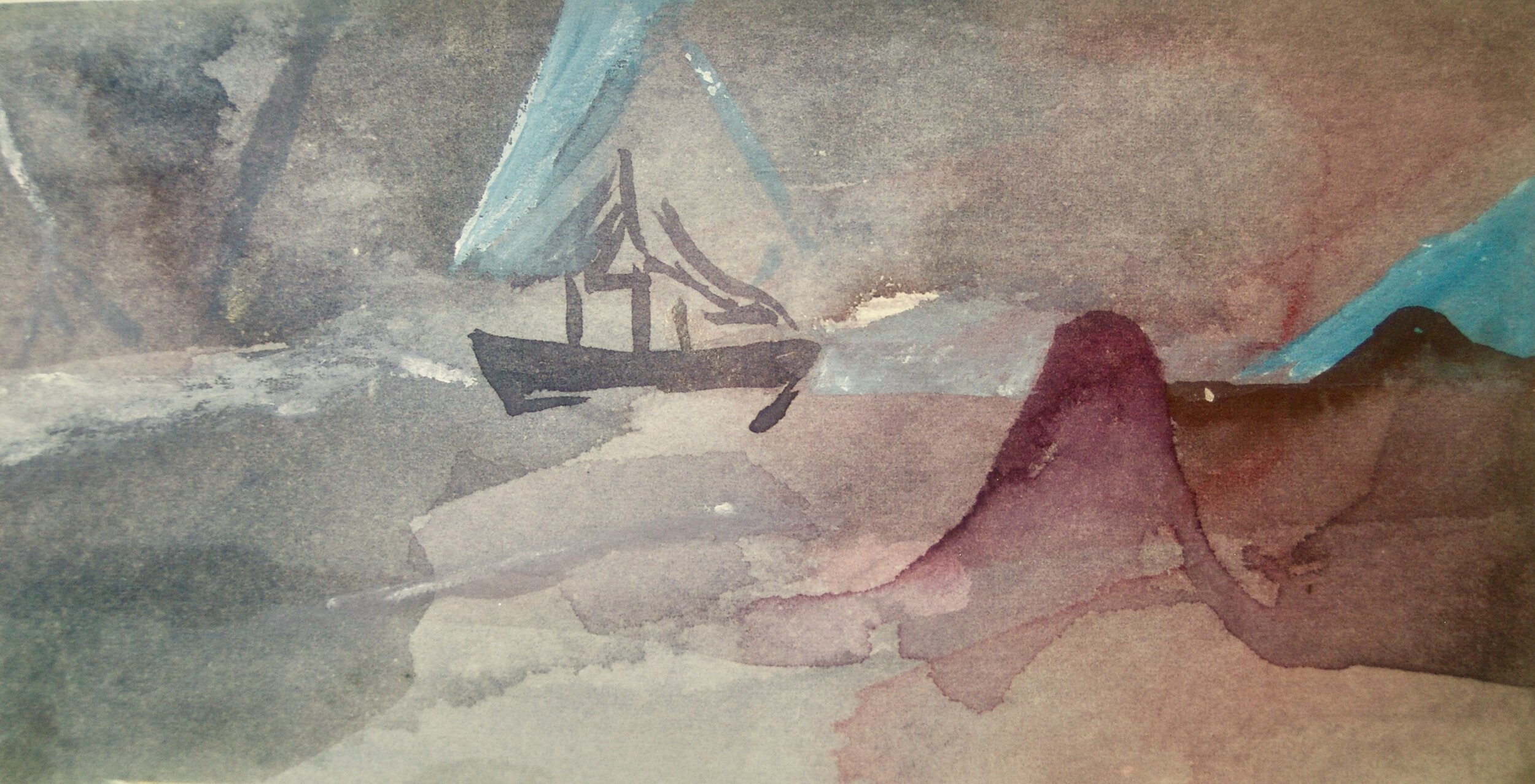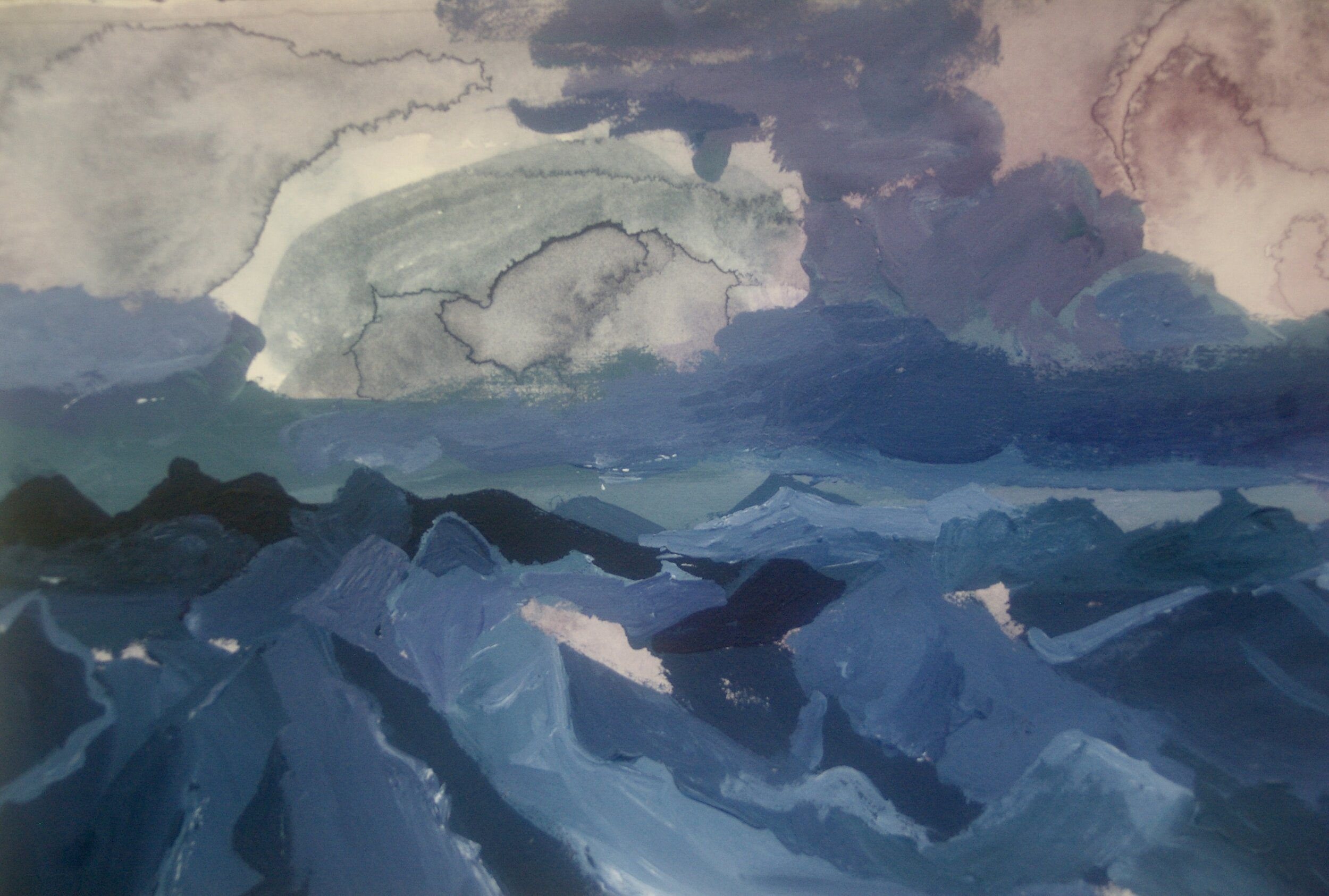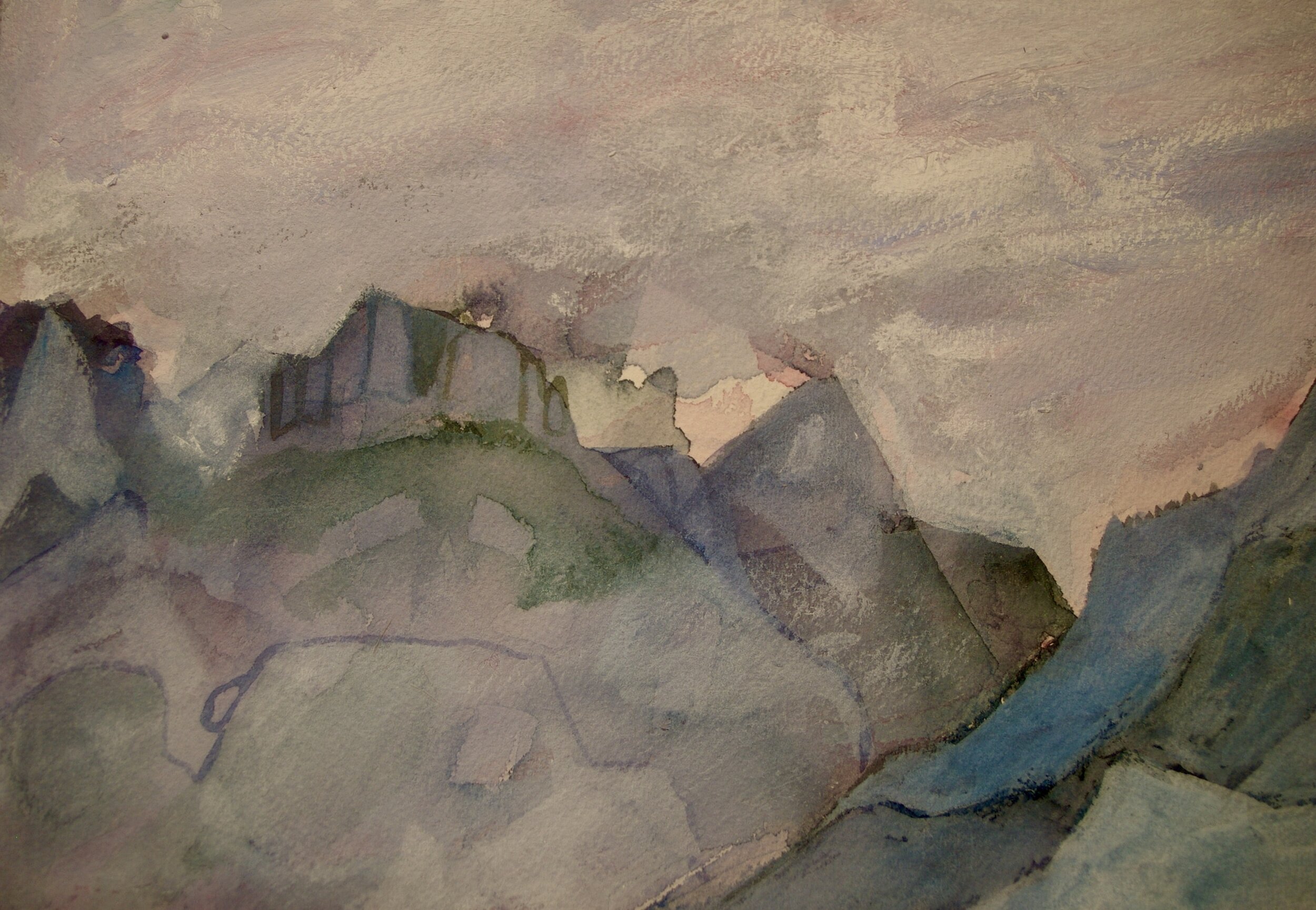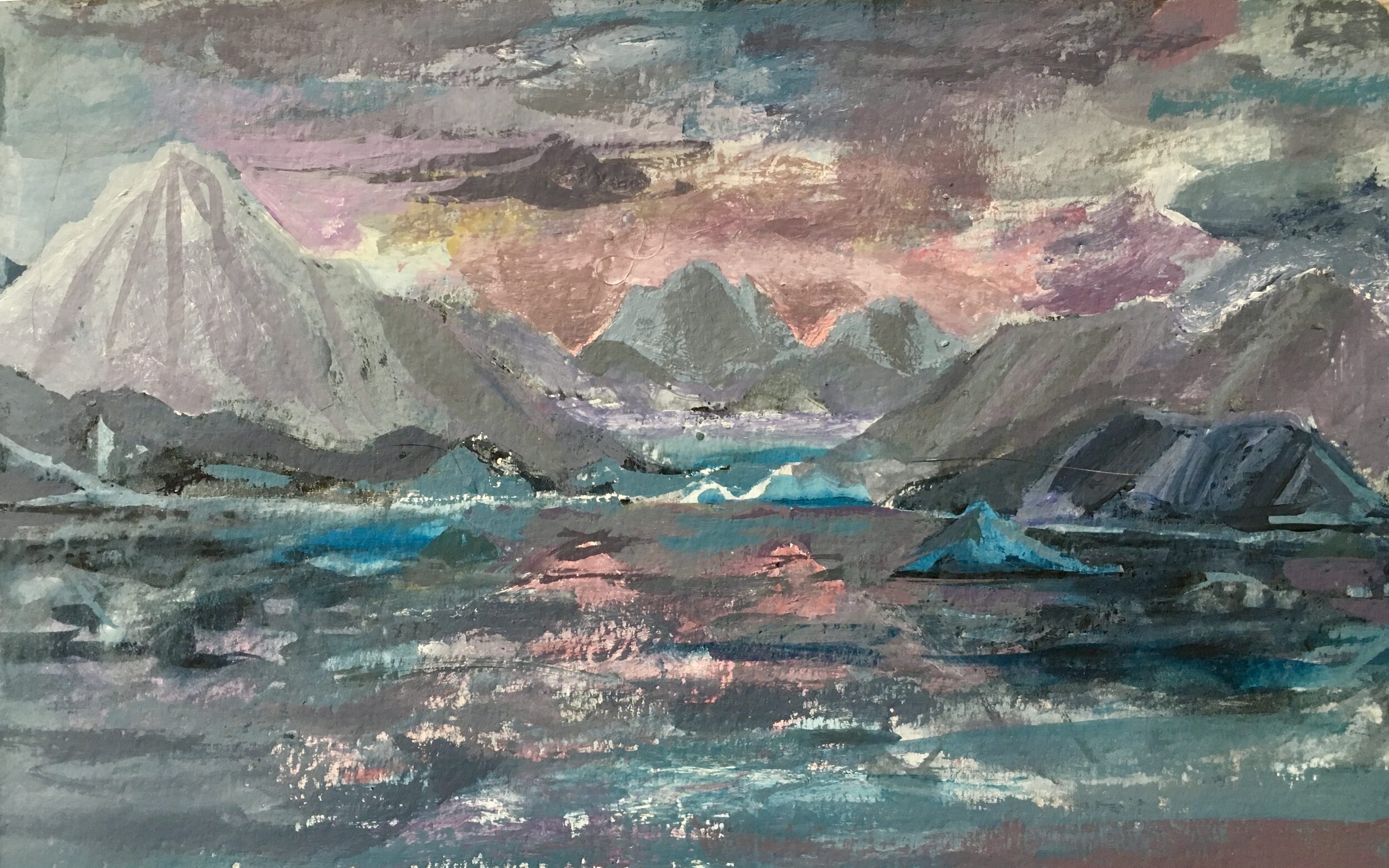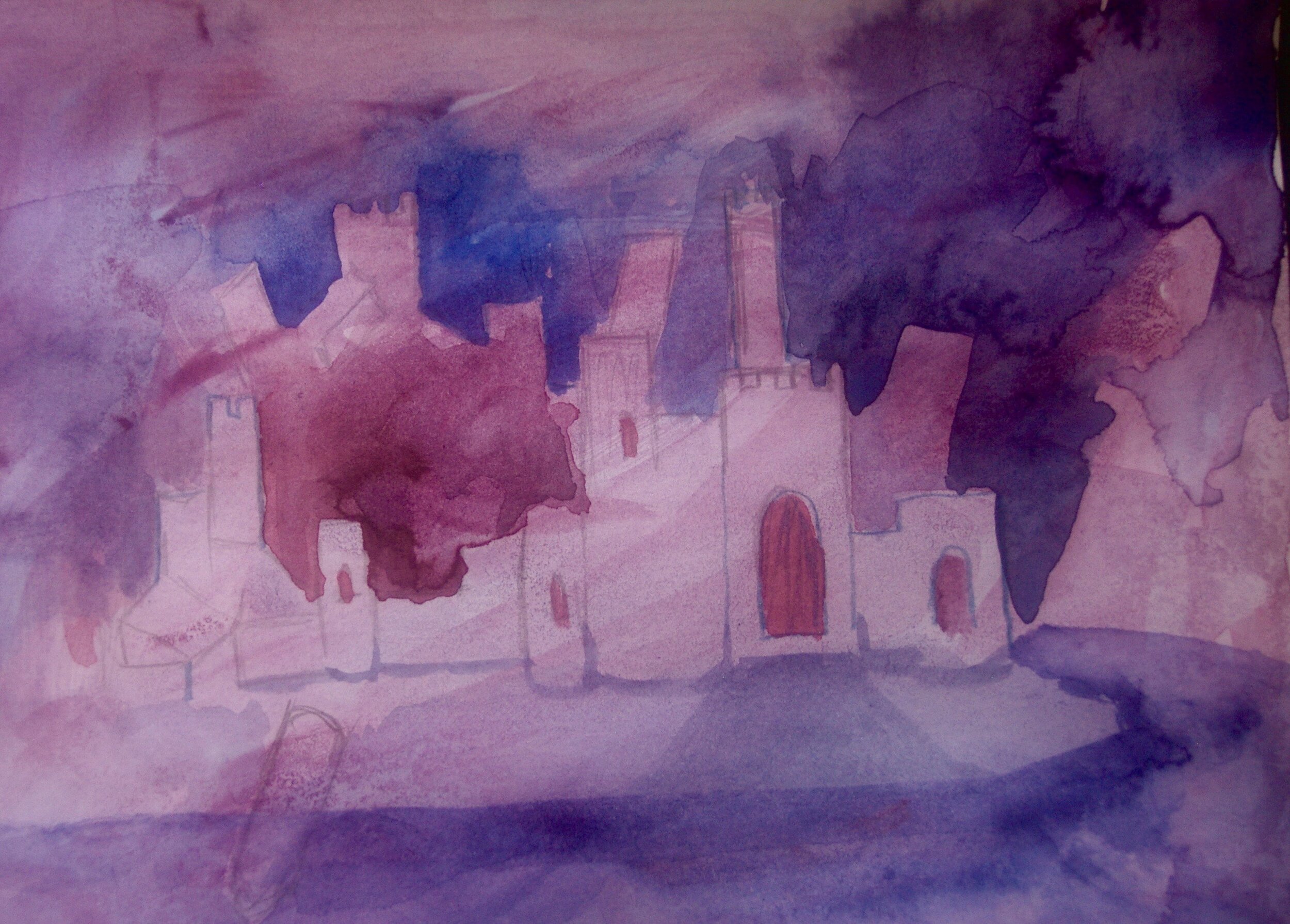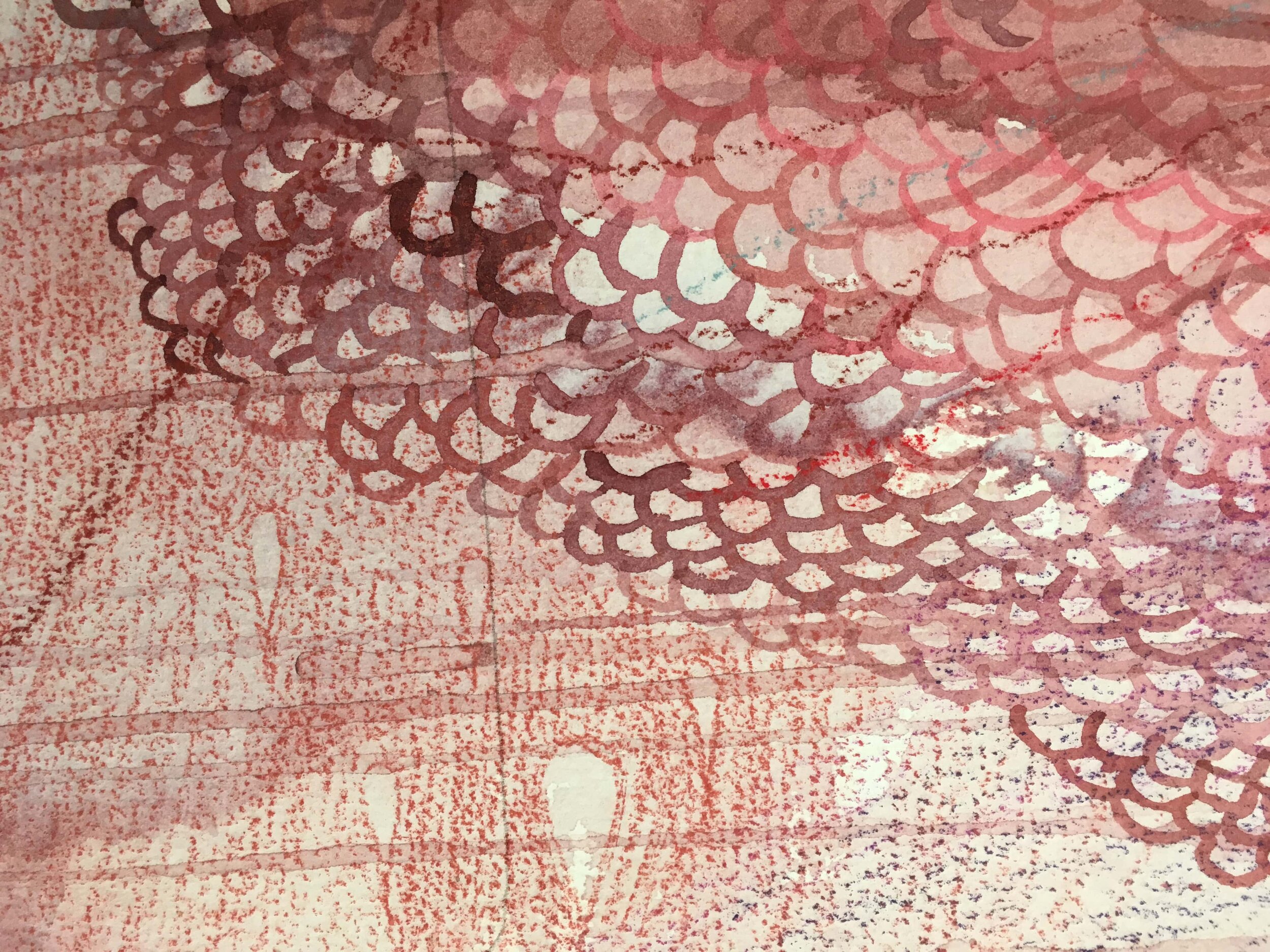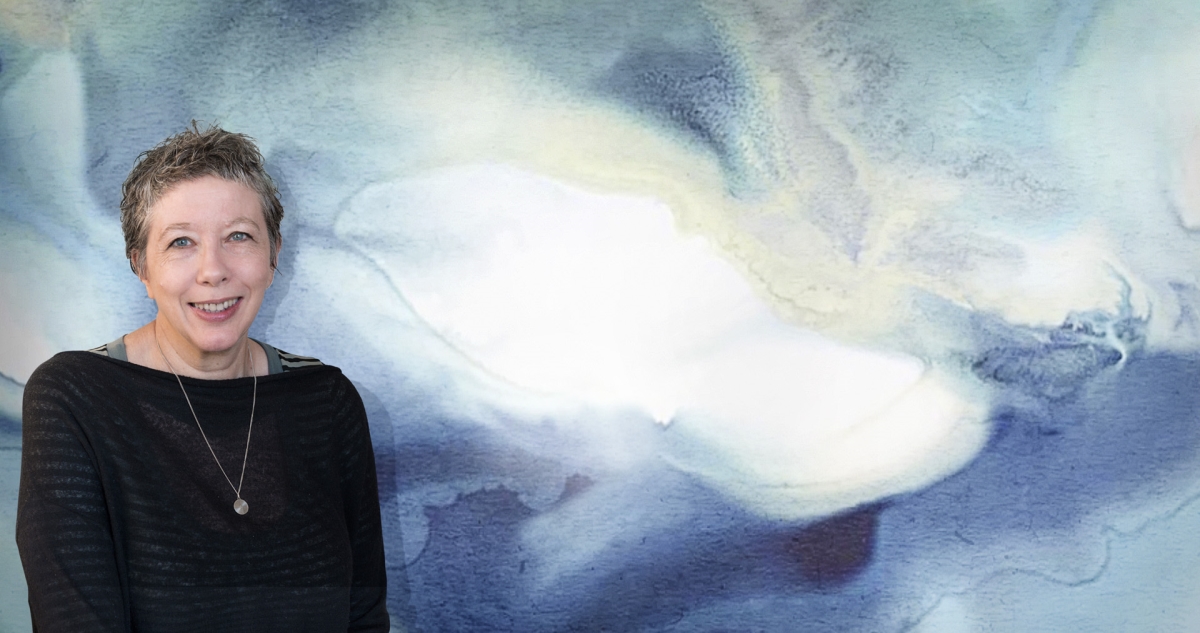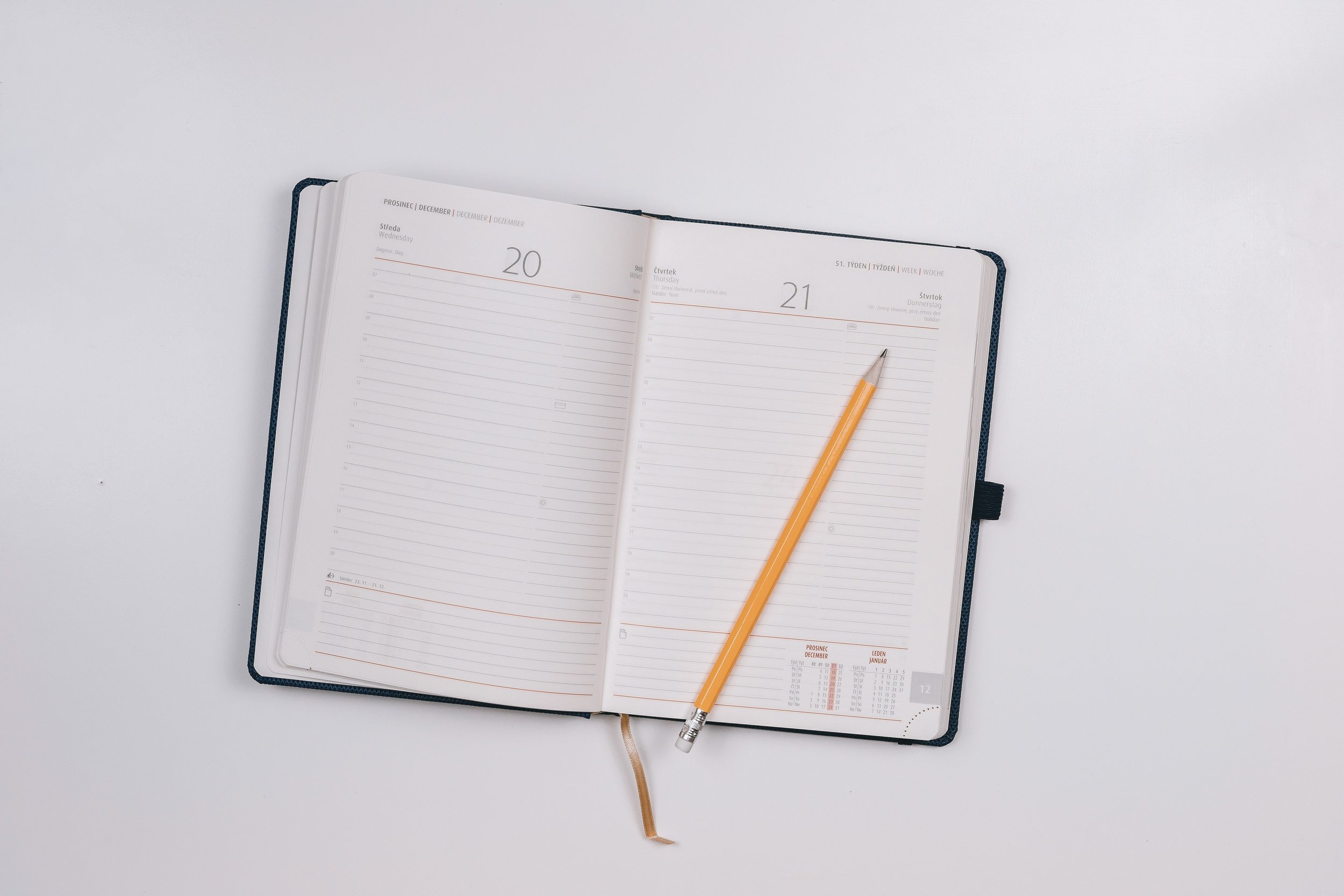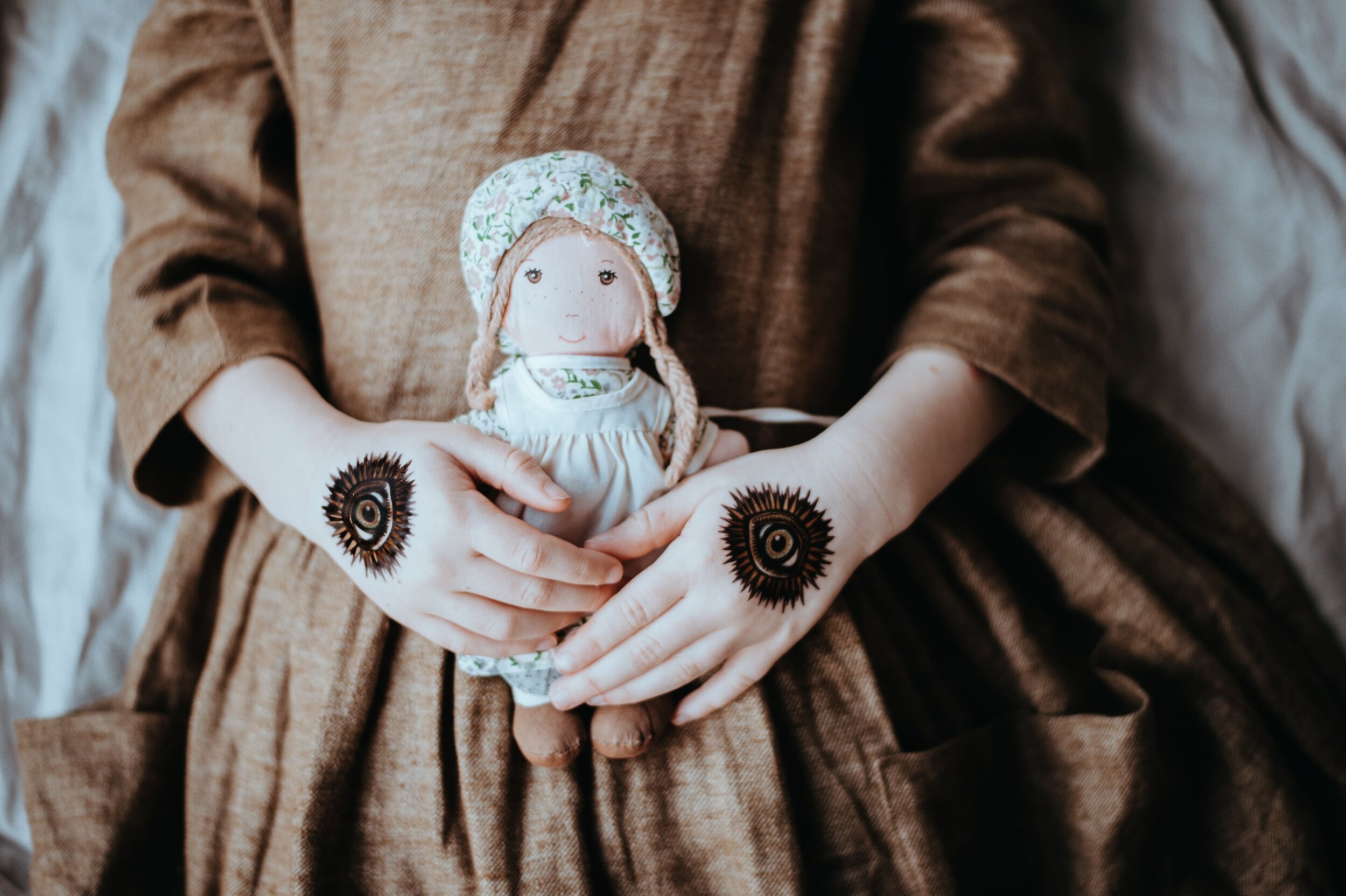12 Creative Healing Ideas
for Daughters of Narcissistic Mothers
Daily Practice to Nurture Your Inner Child.
I understand how precious creativity is.
Especially now, when we are all so worried. In this current climate, art can help us feel better and provide a safe, meditative space away from all the frightening news coming from around the world.
It can’t solve all our problems, but it can help give us a little breather.
Although there are things we can do to help others and to keep ourselves safe, we also need to look after our own mental health.
That is where your creativity can help you.
We’re all born with a natural affinity for colours, textures and materials. As children we play and experiment, letting things happen naturally. That’s how we externalise our internal world and communicate with others and ourselves.
But as we grow up, we are often shamed for our joy. The excitement we get from exploring materials gets hijacked into a need to perform. We learn to judge and critique our artwork and then, because it’s not perfect, we give up.
Hi, my name’s Amanda and I am an artist and psychotherapist.
Like you, I had a difficult relationship with my mother. Part of the legacy of growing up with a narcissistic parent, was that I never really knew who I was.
Even though I loved art and wanted to make it my life, it couldn’t support or sustain me in practical terms.
I was using art for the wrong thing.
I had always loved art.
As I grew up, I decided to make a career out of my passion. But instead of bringing me joy, art let me down.
At least that’s what I thought when I wound up unemployed and on the outer at 43. I had spent a lifetime beating myself to a pulp trying to elicit the approval that I never got from my mother. I was a workaholic, but when my hard work wasn’t rewarded, I felt destroyed.
Although I wasn’t sure exactly where I wanted to end up, I started therapy to help me cope. My therapy turned into a lengthy and challenging journey of growth and transformation.
Towards the end of my therapeutic journey, I realised that art had never really let me down. But I felt like the art world let me down because I had asked it to provide me with things beyond its power. Acceptance, love, acknowledgment, stability, security. Those things needed to come from me, not from the outside.
After my healing journey I came back to art. And it has rewarded me with the joy and meaning it always had away from the need to impress others.
That’s why I want to help you get back to your own joy, especially now when you might be stuck at home alone, worrying.
I know art can help you, because it helped me.
Maybe, like a lot of people, your natural creative instincts got lost in childhood. Left behind when teachers or parents told you you weren’t talented enough, or good enough. Perhaps the adults in your life never encouraged you or actively criticised or disparaged your talents. Through jealousy or a misguided attempt to get you back on track, your parents or teachers told you you had no talent.
According to them you couldn’t draw properly, you were wasting your time, you needed to concentrate on more important things.
Or maybe you just got too busy to pursue your creativity. Life got in the way and you lost contact with that part of you.
In the middle of this enforced layoff, you might be looking for some healthy activities to keep you occupied and maybe allow you time away from all the bad news.
YOUR creative journey is important, especially right now.That’s why I’ve created some prompts to help you on your way.
DOWNLOAD YOUR FREE EBOOKS HERE:
Before we start, you might want to download my free ebook so that you can keep some art therapy exercises handy. You can practice these exercises everyday. The exercises can help you get back in contact with your natural creativity and the joy you lost when contact with your inner child got blocked.
DAILY ART THERAPY EXERCISES FOR DAUGHTERS OF NARCISSISTIC MOTHERS
To really explore, experiment and enjoy, make these exercises a part of your daily journey.
Try doing them in sequence every morning or night as you go through this difficult period of self-isolation.
EXAMPLES OF RESPONSES TO ART THERAPY PROMPTS
DAY ONE
EMOTIONS IN THE SKY
Think about how you are feeling right now. Draw a sun, cloud and star.
The sun represents optimism, the cloud depression or pessimism, the star, hope and enthusiasm for a brighter future. Use different colours and textures to represent how these symbols impact on you and how you feel about them. Draw a different sky every day to represent how you are feeling on that day.
DAY TWO
YOUR IDEAL GARDEN
Draw the plants and flowers that grow in your garden. Is your garden lush or dry, thriving or dying? Is it big or small, wild or neat? Is it like an overgrown jungle or a well-organised plot? What does your garden mean to you? Do you tend it and love it, or is it a bit neglected and sad? Does your garden have many plants and flowers? Does it have a pathway or a shed? Is your garden there for you to wander around in? Does it remind you of any real gardens?
DAY THREE
BOUNDARIES DRAWING
Draw yourself with a barrier or boundary around you. Is the boundary strong or weak, big or small? Do you feel safer inside this boundary or is it stopping you from connecting? Is your boundary flexible or inflexible, responsive or binding? Can you take them down when you need to or are they just there all the time?
DAY FOUR
CASTLE DRAWING
Draw your own castle. Is it large and gloomy or falling apart or is it small and beautiful? Is it a safe space for you to protect you or is it a place that keeps you out? Are there other people in there or are you alone? How do you feel about your castle? Does it make you feel safer or is it a burden?
DAY FIVE
PRIZED POSSESSION DRAWING
Try to remember some objects that were important to you. A doll, a book, a blanket or soft toy.
Think about what they meant to you. Draw your prized possession. Why is it important? Do you still have it? What memories are associated with it? How long have you had it? How does it help you? Did you find it, buy it, or was it a gift?
How did it help you cope?
DAY SIX
FAMILY DRAWING
Draw your family.
How many siblings did you have? What kind of house? Did you have pets? Special toys? What was your role in the family? Were you the Golden child, the scapegoat or the lost child? Draw yourself in this role.
What about your father? Was he around much? Did he give in to your mother or was he absent?
DAY SEVEN
HOUSE DRAWING
Draw the house you lived in as a small child. Was it a safe haven, or a place where you felt scared or neglected? Was it dark and gloomy or light and airy? Who was there with you? Did you share a bedroom? Are there toys and bright colours or is it plain and simple? What rooms did you like/dislike? Why?
DAY EIGHT
SAFE SPACE DRAWING
Draw your safe space. It can be a real space (perhaps a bedroom) or an ideal, fantasy space. Somewhere where you can feel safe to be you and are never be criticised or judged. A space where you can relax. Is this space big or small? Are you alone? Is the space outside or inside? How do you access this space?
DAY NINE
INNER CHILD NOURISHMENT
Imagine the most beautiful, nourishing and healthy meal created just for you. A meal that would nourish and nurture your inner child. Draw this perfect meal.
What is on your plate? Who is at your table?
Draw a meal that would’ve helped you grow. It doesn’t need to be real food, but something that would have nourished you. Something that your body and soul craved. Imagine yourself eating this special meal sitting at a table, prepared just for YOU. Imagine the table settings and the room. Is there music playing? A tablecloth, flowers, silver cutlery and special plates? Are there other people there, or are you alone. Did you make the meal yourself or did someone bring it to you?
Now draw what your mother would want you to eat. Is it the same, or very different?
Or maybe she would’ve preferred it if you didn’t eat at all?
Draw yourself and your stomach before and after the meal. Are you full? What is filling you up? Does it feel good? Or uncomfortable? How does your stomach feel? Your heart?
DAY TEN
MOTHER-WOUND DRAWING
Draw yourself (your body or a representation of you) with your soul wounds.
How did your mother impact you?
Draw the heart wounds and how she trampled over your boundaries, dismissed, invalidated and ignored you. Are the wounds healed or healing? Raw and bleeding, or small and dry? Are you compassionate for your wounds or do you ignore them? Do you rub salt into them or does someone else? Do these wounds get re-opened when you interact with your mother or anyone else?
Draw your connection to your narcissistic mother and what it means now. I want you to think about what you wanted from her, what you got, what your heart and soul needed and what you missed out on. Draw yourself inside your mother and your mother inside you.
Draw the missing pieces, the holes and spaces where she didn’t give you what you needed.
How do you feel your mother changed you? Who would you have been if you had never met her?
What sort of girl did she want you to be? Did she want you to be neat and pretty, polite and happy? How did that differ from what YOU wanted to be? How did she make you feel?
If your mother dismissed and invalidated you, draw that. Draw your frustration. Draw your rage. Draw your helplessness. Draw your bonds and ties, the invisible things that stopped you from doing and being what you wanted to be.
If your mother was absent a lot, then draw that. If she was angry, draw that.
Where is she in your body?
As you feel some of the feelings, you may just want to do some angry scribbles and get rid of the intense affect through your body. You can use the drawing to express yourself, but you also may want to run around the house, tear up the drawing, scream or cry – whatever you need to do to express the feelings and feel a bit better.
DAY ELEVEN
MAZE DRAWING
Draw yourself in a maze. Where are you in the maze? How old were you when you got into the maze? When do you think you will be able to find your way out of the maze? What does the maze mean for you in your life?
What are your obstacles, coping mechanisms and problem solving skills. How do you find your way through the maze of everyday life?
DAY TWELVE
CUP OF SELF-COMPASSION
Draw the outline of a cup.
Fill it with everything you can do to look after yourself. Remember or think about all the things you can do to feel better and nurture yourself and your inner child. Friends, exercise and rest, art and reading, saying “no” when you need to, treating yourself to a nice space where you can do some of your drawings.
EVERY DAY DRAWINGS
1. SUNRISE/SUNSET DRAWING
Do a daily drawing to represent the sky as the sun comes up or sets. You may want to go outside briefly to see the colours, absorb the textures and get a feeling for the sky depending on lockdown measures in your local area. Use the drawing to check in with yourself and to get a feeling for your inner landscape.
2.SELF AS LANDSCAPE DRAWING
Draw your inner landscape today. Is it lush or arid, crowded or bare? Is your inner landscape a jungle of beautiful thoughts or a dark and tangled briar of negativity? Is there light or darkness? Is it a well tended garden or a wild moor?




